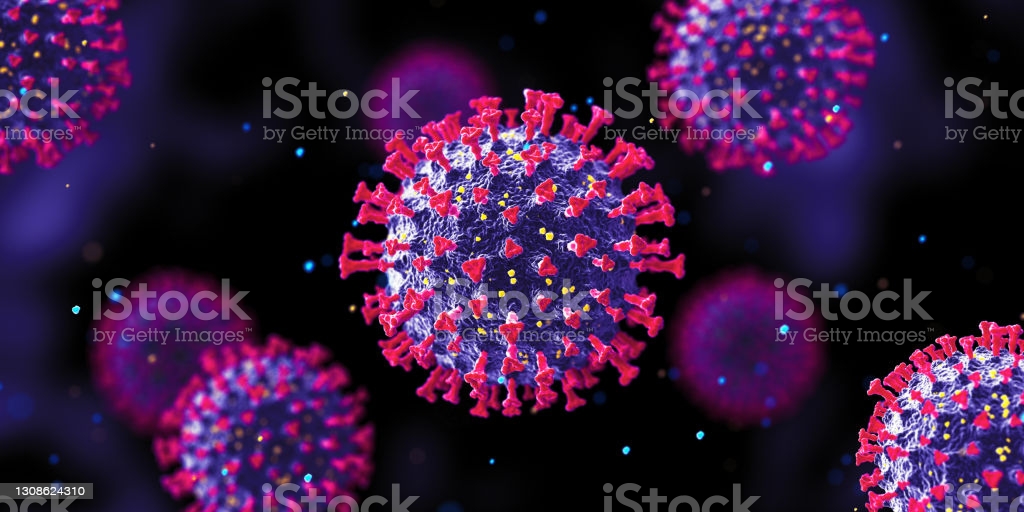Introduction
The novel corona virus disease 2019 (COVID-19) is an infectious disease caused by a novel corona virus now called severe acute respiratory syndrome corona virus 2 (SARS-COV-2) and can be transmitted from person to person via contact with respiratory droplets.1 The novel corona virus disease 2019 (COVID-19) presents an important and urgent threat to global health. Since the outbreak in early December 2019 in the Hubei province of the People’s Republic of China, the number of patients confirmed to have the disease and deaths from it increased at an alarming rate through time.1 It was initially reported to the World Health Organization (WHO) on December 31, 2019. On January 30, 2020, the WHO declared the COVID-19 outbreak a global health emergency. On March 11, 2020, the WHO declared COVID-19 a global pandemic.2–4 Despite public health responses aimed at containing the disease and delaying the spread, several countries have been confronted with a critical care crisis, and more countries will almost certainly follow.4
Major prevention methods recommended by the WHO include; regularly and thoroughly clean hands with an alcohol-based hand rub or wash them with soap and water, maintaining social/physical distancing, avoid touching eyes, nose and mouth, and different protection measures based on the situations.5
It’s very well known that the COVID-19 outbreak has placed unprecedented demands on the health systems of many countries around the globe.6 This is expected to get even worse in the middle- and low-income countries where the health system is weak and fragile. In countries that are hardest hit, health facilities and workforce are currently swamped by activities related to controlling the pandemic.6
As a step for the preparation to respond to the COVID-19 pandemic, African countries have established a Taskforce for Corona virus Preparedness and Response (AFTCON) that works in tandem with the African Union Commission, Africa Centers for Disease Control and Prevention. In line with this and as a member state of the African Union, Ethiopian’s preparedness and the health system's capacity to respond to the COVID-19 is no exception.7
Ethiopia reported the first case of COVID-19 on March 13, 2020. The trend shows a dramatic increase in the number cases with more indications of transmission in the community especially in the capital, Addis Ababa. In Ethiopia, four months after the announcement of the first case, 7560 COVID-19 cases had been identified by 13 July 2020. While the number of cases that recovered from the disease was 32% (2430), the number of people who died due to COVID-19 was 127 (case fatality rate of 1.679 deaths per 100 cases. The government of Ethiopia has taken several measures such as shutting down of schools including universities, restricting the movement of people under a State of Emergency (stay at home), introducing chains of training programs for health workers, identifying isolation areas and hospitalization sites, starting screening tests at Bole International Airport and different engagement in mobilizing resources including equipment, supplies, food, money and educating the people about the disease and preventive methods, and so on.8
In this COVID-19 pandemic, in addition to other interventions, timely access to accurate information and public awareness on prevention methods can be the difference between life and death. The stakes are high in developing countries like Ethiopia where millions of people have limited access to information because of low media access, insufficient internet penetration, illiteracy, and so on.8 In this pandemic, when everyone should be aware of the risks posed by COVID-19 and, most importantly, be informed about how to protect themselves and their families and societies at large. Currently, as part of a national effort, Wolaita Sodo University has been engaged in different intervention packages concerning the response to the COVID-19 pandemic. One of the activities is public education and information dissemination by using local media and other methods. But little is known about level of public awareness of the disease and its prevention methods. So, this assessment generates important information regarding the level of public awareness of the disease which in turn contributes to designing better mitigation strategies. Hence this study was conducted to explore the level of awareness and prevention methods of COVID-19 among Residents of Wolaita Zone, Southern Ethiopia.
